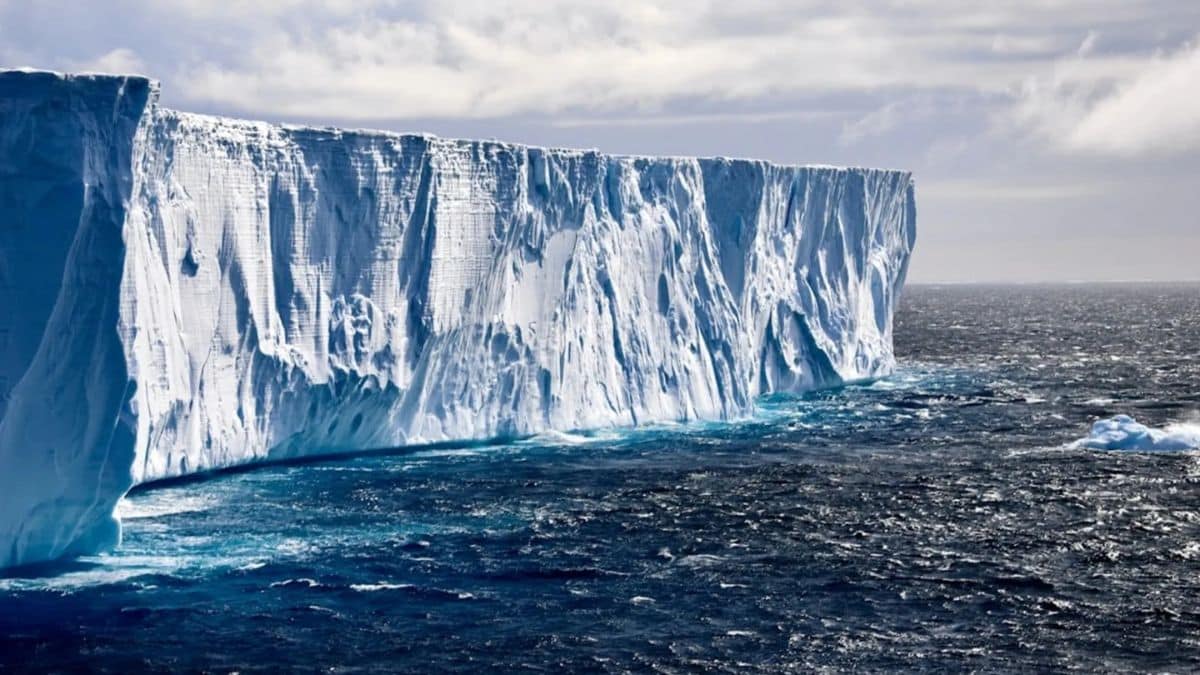Mysterious radio waves emerging from Antarctic ice have left scientists puzzled for over a decade. These anomalous signals, detected during NASA’s Antarctic Impulsive Transient Antenna (ANITA) experiment, seem to contradict established physics principles. As researchers continue their investigation, the scientific community remains divided on what could be causing these enigmatic phenomena that appear to travel through thousands of miles of solid Earth.
Unusual signals challenging physics principles
Between 2006 and 2016, NASA’s ANITA experiment deployed balloon-borne instruments over Antarctica to hunt for high-energy cosmic neutrinos. During this mission, scientists encountered something unexpected – strange radio signals emerging from below the Antarctic horizon. What makes these signals particularly baffling is their apparent trajectory through Earth’s crust.
“The radio waves that we detected nearly a decade ago were at really steep angles, like 30 degrees below the surface of the ice,” explains Stephanie Wissel, associate professor at Pennsylvania State University. This trajectory suggests these signals traveled through thousands of miles of rock before reaching the detector – something that should be physically impossible.
According to our current understanding of particle physics, even neutrinos – often called “ghostly” particles because they can pass through most matter – cannot traverse the entire Earth without significant energy loss. As Justin Vandenbroucke from the University of Wisconsin notes, “Neutrinos can travel through a lot of matter, but not all the way through the Earth.”
In 2019, Iceland Approved the 4-Day Workweek: Nearly 6 Years Later, All Forecasts by Generation Z Have Come True
At 94, He’s One of Apple’s Biggest Shareholders, and Doctors Can’t Explain How He’s Still Alive-Coca-Cola and McDonald’s Are Part of His Daily Routine
Scientific investigations and competing theories
The scientific community has mobilized significant resources to investigate these anomalous signals. The Pierre Auger Collaboration, comprising hundreds of scientists worldwide, analyzed over a decade of data trying to replicate ANITA’s findings. Their results, published in Physical Review Letters in March, failed to detect similar signals.
Several potential explanations have been proposed:
- Tau neutrinos that can “regenerate” themselves
- Unknown particles that defy the Standard Model of physics
- Instrumental anomalies or measurement errors
- Reflection phenomena from Antarctic ice formations
The tau neutrino hypothesis initially seemed promising. These particles can decay at high energies, producing another tau neutrino along with a tau lepton. However, Wissel explains this scenario is “very unlikely” due to the steepness of the signal’s angle: “These are 30 degrees below the horizon. There’s just too much material. They really would actually lose quite a bit of energy and not be detectable.”
New detection technologies seeking answers
Scientists remain determined to solve this cosmic mystery through improved detection capabilities. The Payload for Ultra-High Energy Observations (PUEO) represents the next generation of neutrino-hunting technology. Scheduled to fly over Antarctica in December, PUEO offers sensitivity ten times greater than its predecessor.
“I’m excited that when we fly PUEO, we’ll have better sensitivity,” Wissel shares. “In principle, we should be able to better understand these anomalies which will go a long way to understanding our backgrounds and ultimately detecting neutrinos in the future.”
Peter Gorham, who designed the original ANITA experiment, believes PUEO – named after the Hawaiian owl – should have sufficient sensitivity to capture additional anomalous signals and help scientists reach a definitive conclusion.
| Experiment | Technology | Status | Key Findings |
|---|---|---|---|
| ANITA | Balloon-borne radio antennas | Completed (2006-2016) | Detected anomalous signals from below horizon |
| Pierre Auger Observatory | Hybrid detector system | Active | No confirmation of ANITA anomalies |
| IceCube Experiment | Embedded ice sensors | Active | No detection of similar signals |
| PUEO | Advanced radio detection | Launching December 2025 | Pending results |
It races through the universe at 300,000 km/s - and never runs out of energy
Beneath your feet: an ancient forgotten continent resurfaces in Europe
The ongoing quest for cosmic understanding
The pursuit of these anomalous signals extends beyond mere curiosity. Neutrinos serve as cosmic messengers, potentially revealing the origins of the universe’s most energetic phenomena. These elusive particles could help astronomers understand cosmic rays and their mysterious acceleration mechanisms across the universe.
“Sometimes you just have to go back to the drawing board and really figure out what these things are,” Wissel acknowledges. “The most likely scenario is that it’s some mundane physics that can be explained, but we’re sort of knocking on all the doors to try to figure out what those are.”
As scientists prepare more sensitive instruments and analyze growing datasets, the Antarctic ice mystery continues to challenge our understanding of fundamental physics. Whether these signals represent revolutionary new physics or simply an overlooked conventional explanation remains one of modern astrophysics’ most intriguing questions.







